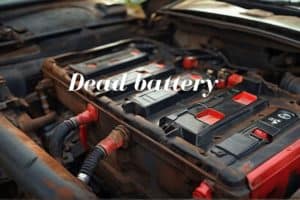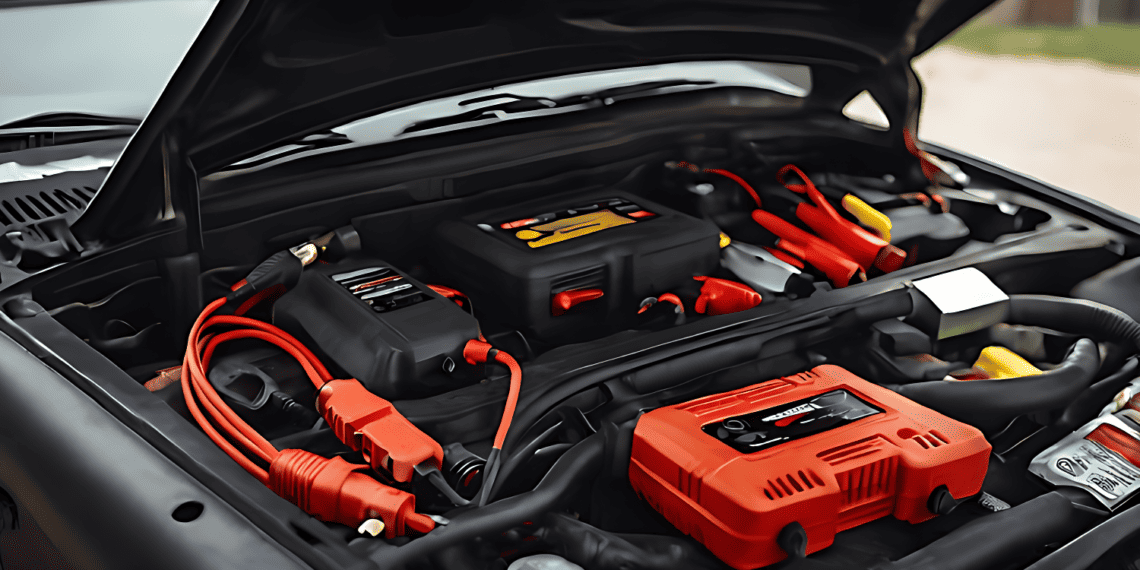Jump starters are essential tools for any car owner, providing a lifeline when your car battery fails to start your engine. However, like any mechanical device, jump starters can experience problems over time. Knowing how to diagnose these problems can save you time, money, and frustration. In this guide, we’ll walk you through the process of identifying common jump-starter problems and finding solutions.
1. Signs of Jump Starter Issues
Before diving into diagnostics, it’s essential to identify the signs that your jump starter may have a problem, Like the Jump starter isn’t working
- Failure to start: Your jump starter may fail to start your vehicle even with a fully charged battery.
- Decreased power output: If you notice a weaker-than-normal power output when trying to jump-start your car, this may indicate a problem.
- Unusual noises or smells: Strange noises or smells emanating from your jump starter may indicate an internal problem.
- Visual Indicators: Inspect your jump starter for physical damage, corrosion, or other visible signs of corrosion.
2. Diagnostic Process
Now that you are aware of the possible symptoms, let’s go over the diagnostic process:
- Pre-diagnostic check: Start by checking your jump starter’s connections and wires. Make sure they are securely attached and free from corrosion. Also, verify that your jump starter has an adequate power source.
- Using a multimeter: A multimeter is a handy tool for checking voltage and continuity. Use it to check the output of your jump starter battery and make sure it is within the expected range.
- Inspecting the Internal Battery: If your jump starter has a built-in battery, check its condition. Look for signs of leakage, swelling, or other damage that could indicate a faulty battery.
- Test components and circuitry: If the pre-diagnostic check and battery inspection yield no results, it’s time to test individual components and circuitry for faults. This may require disassembling the jump starter and using special tools.
3. Common Jump Starter Problems and Solutions
Based on your diagnostic results, here are some common problems and their possible solutions:

- Dead battery: If your jump starter battery dies, you may need to recharge or replace it.
- Connection problems: Loose or corroded wires can interrupt the flow of electricity. Clean or tighten connections as needed.
- Internal Faults: Internal circuit problems may require professional repair or replacement of components.
4. Tips for Preventing Jump Starter Issues
To avoid future problems with your jump starter, consider the following preventative measures:
- Regular maintenance: Check your jump starter regularly and keep it clean and well-maintained.
- Proper Storage: Store your jump starter in a cool, dry place away from moisture and extreme temperatures.
- Follow the manufacturer’s instructions: Follow the manufacturer’s instructions for use, charging, and maintenance.
Conclusion: Empowering You to Troubleshoot
By familiarizing yourself with the symptoms of jump-starter problems and following a systematic diagnostic process, you can effectively identify and resolve problems as they arise. Remember, proper maintenance and care are key to ensuring your jump starter is a reliable tool when needed.









